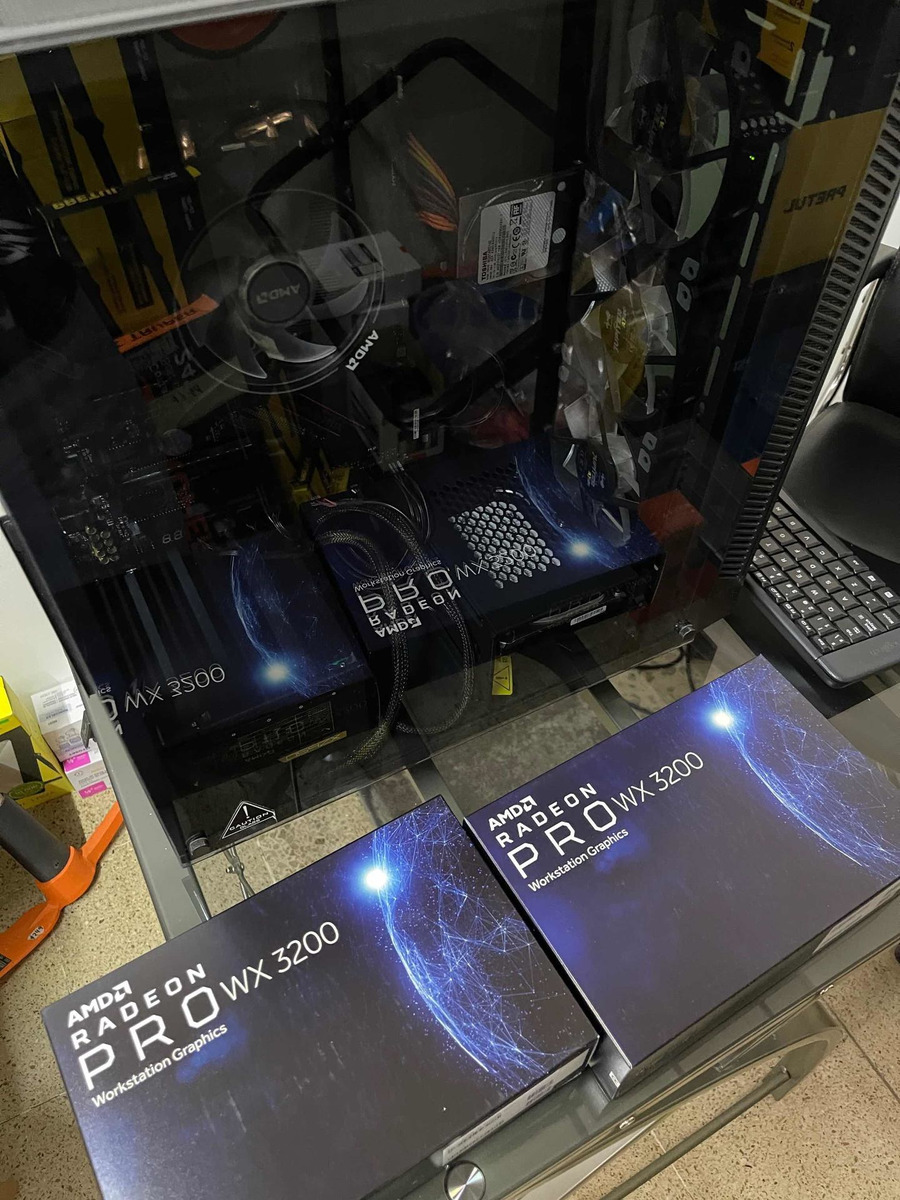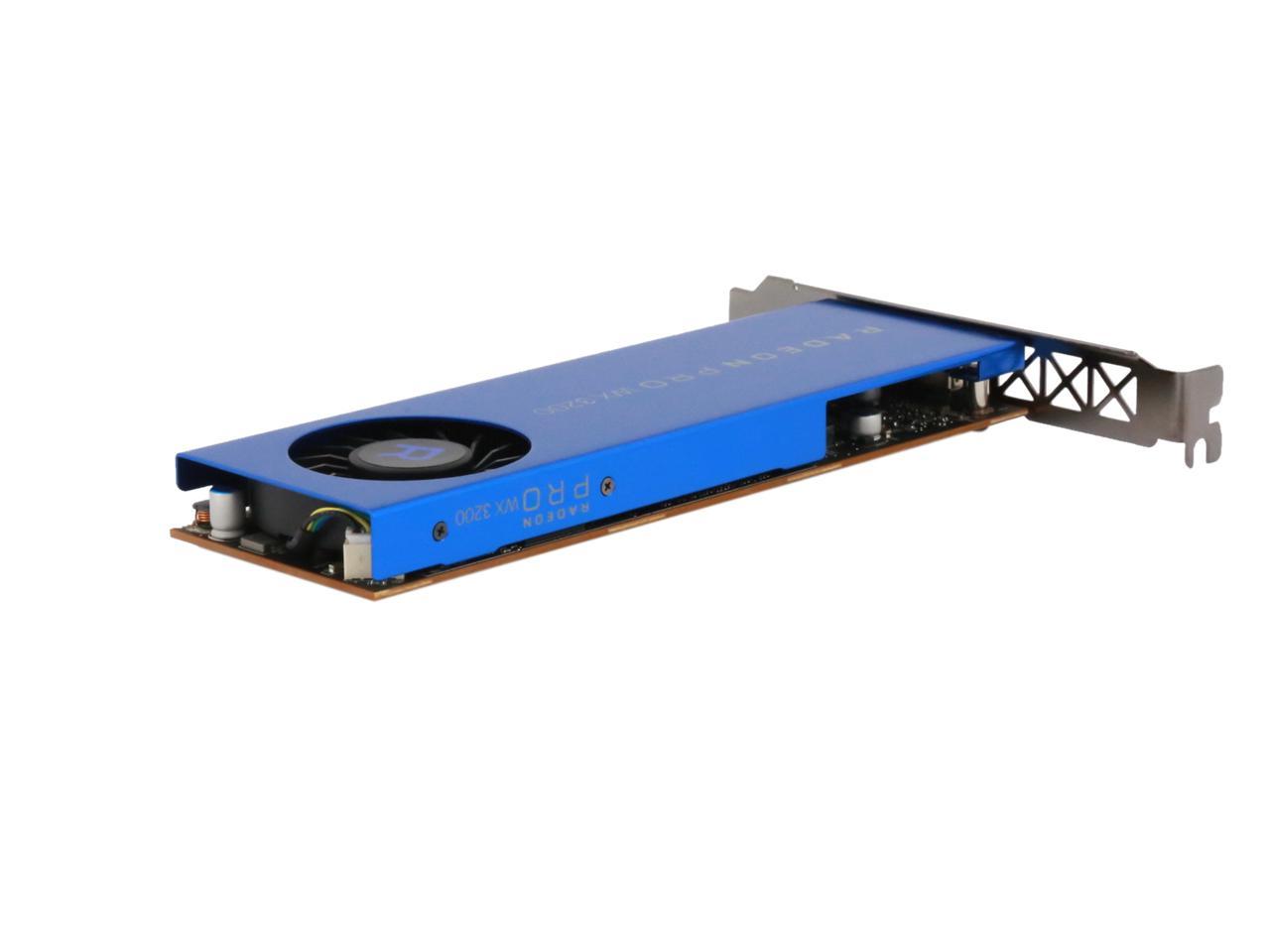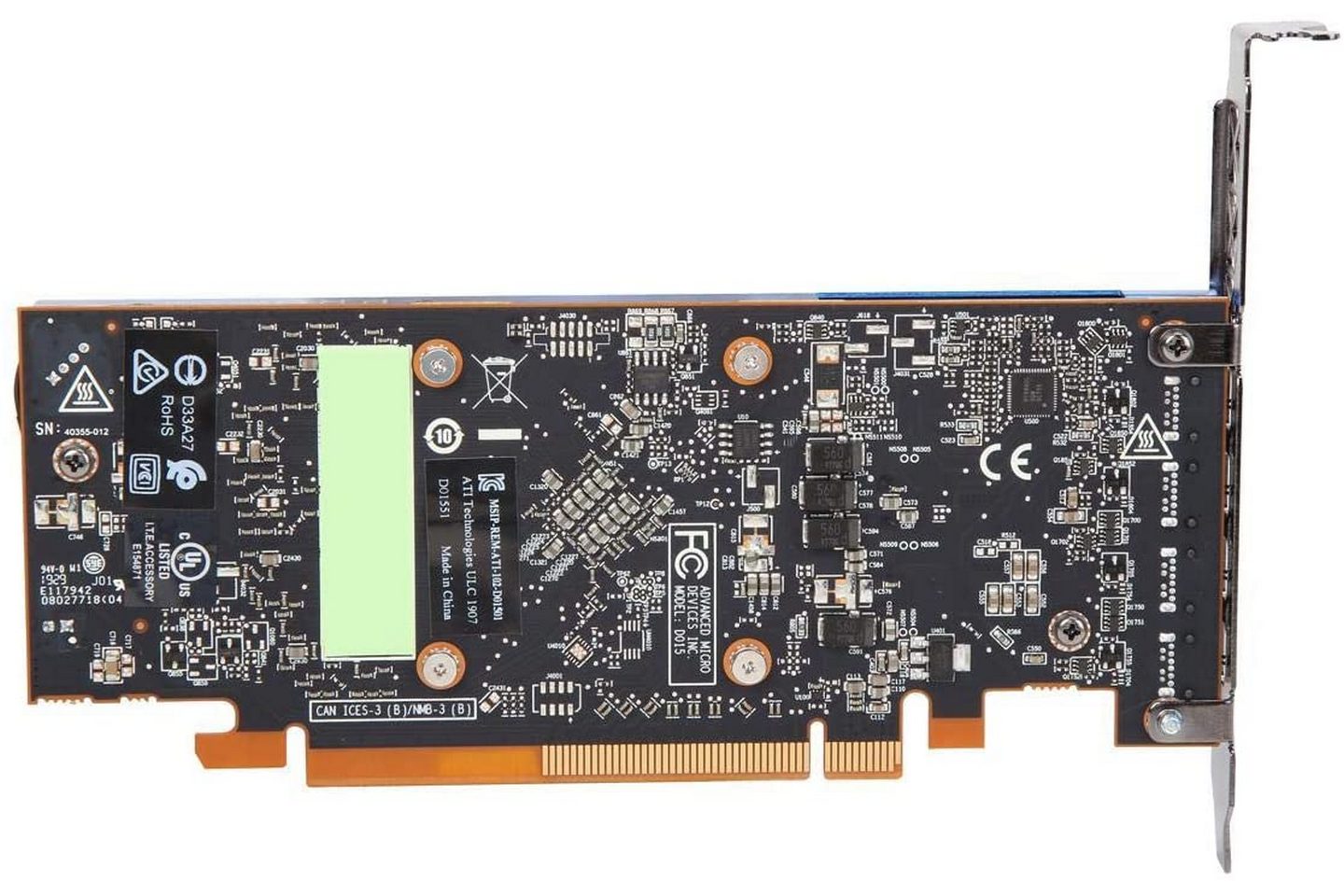
#Radeon pro wx 3200 Pc
Techgage’s workstation GPU test PC is built to be reflective of a high-end desktop that rules out as much as it can of bottlenecks.
#Radeon pro wx 3200 driver
All testing is conducted at 2560×1440 resolution, with driver Vsync options left default. During the install, everything on the Customize screen was disabled.
#Radeon pro wx 3200 install
The Windows 10 Pro (Creators Update) install used for testing has a couple of things disabled: User Account Control, Firewall, Search Indexer, OneDrive, and all notifications. In the case of this particular review, no tests had to go that route, as most of the benchmarks are very good at delivering similar results with each repeated run. On the following pages, I’ll be putting AMD’s Radeon Pro WX 3100 through a gauntlet of real-world and synthetic tests, utilizing apps from Autodesk, Adobe, SPEC, SiSoftware, and a handful of others (including light gaming tests for good measure).Īll tests are run at least twice to produce an accurate result, and if for some reason an odd result creeps up, I do a third run. I unfortunately do not have a Quadro P600 to test AMD’s latest cards against, but there is a huge amount of performance information nonetheless that should prove useful in helping you figure out which one of the lower-end options are best for you.īefore jumping into the performance results, I’d encourage you to look over our system specs and basic testing methodologies: Testing AMD’s Radeon Pro WX 3100 In its marketing slides, AMD pits its WX 3100 ( ~$190) against NVIDIA’s Quadro P600 ( ~$178), and the WX 2100 ( ~$155) against its Quadro P400 ( ~$125). Interestingly, the WX 3100 is the higher-clocked part of the two, peaking 36MHz higher. As both GPUs share the same core count, that’s not hard to believe. GPU-Z ousts WX 3100’s core as Lexa, which is shared with the gamer-focused Radeon RX 550. We can glean some additional GPU details with the help of GPU-Z (shout out to W1zzard for providing me a build with correct detection!): Not bad for just five times the price, right?īack to the WX 3100. And… here it is: the Radeon Vega Frontier Edition is more than ten times as powerful as the WX 3100. There’s not much to say here, since the table largely speaks for itself, so I’ve run a complex AI on the WX 3100 to help me figure out what neat fact to talk about next. Pricing (Amazon) accurate as of time of publication. * also available in a $1,499 liquid-cooled variant. Speaking of those other GPUs, it’s worth looking at AMD’s overall Radeon Pro lineup to get a better feel for where the WX 3100 and WX 2100 fall into place. Extra muscle allows the WX 4100 to increase that to 60Hz, whereas the WX 5100 and WX 7100 can drive up to 2x5K/60 displays. The going gets tough at 5K, though here, the cards will handle just a single monitor, limited to 30Hz. If you choose to run three monitors on these graphics cards, you’ll be able to run each one of them at 4K/60. For the sake of overall convenience, I think this is the best possible display configuration for low-profile GPUs. The WX 4100 includes four mini-DP connectors, allowing it to hook up to four monitors, but that design most often requires the use of adapters, since most DP displays don’t include that connector. Both are low-profile cards, enabling you to get serious work done on very small PCs.Īs odd as it may seem, I think the design of the WX 3100 and WX 2100 is a big improvement over the WX 4100 in that a full-sized DisplayPort connector is guaranteed to be available.



AMD says that its WX 3100 redefines entry-level workstation graphics, whereas the WX 2100 is a good complement to those just beginning their “journey” into pro graphics. That all said, cutting the VRAM on the WX 2100 also reduces its power consumption, bringing the TDP from “up to” 50W down to 35W. Both of these cards are entry-level, but you’ll need to ask yourself whether or not that 2GB framebuffer would become an impedance in your workflow before choosing it over the WX 3100. The main difference is that the lower card has just 2GB of VRAM, whereas the WX 3100 has a much beefier 4GB. On the surface, the WX 3100 and WX 2100 look identical, and the same can be said for most of their specs. If you’re at all familiar with the Radeon Pro line, then you’ll know right away that these are both low-end workstation graphics cards – something further backed by their pricing: $199 for the WX 3100, and $149 for the WX 2100. Last month, AMD filled out its Polaris-based Radeon Pro line with the WX 3100 and WX 2100. ApAddendum: Updated performance can be found here.


 0 kommentar(er)
0 kommentar(er)
